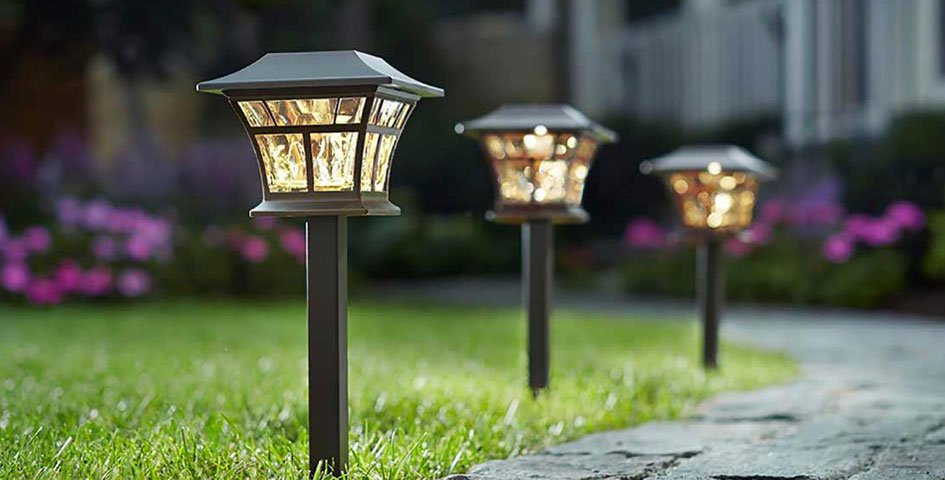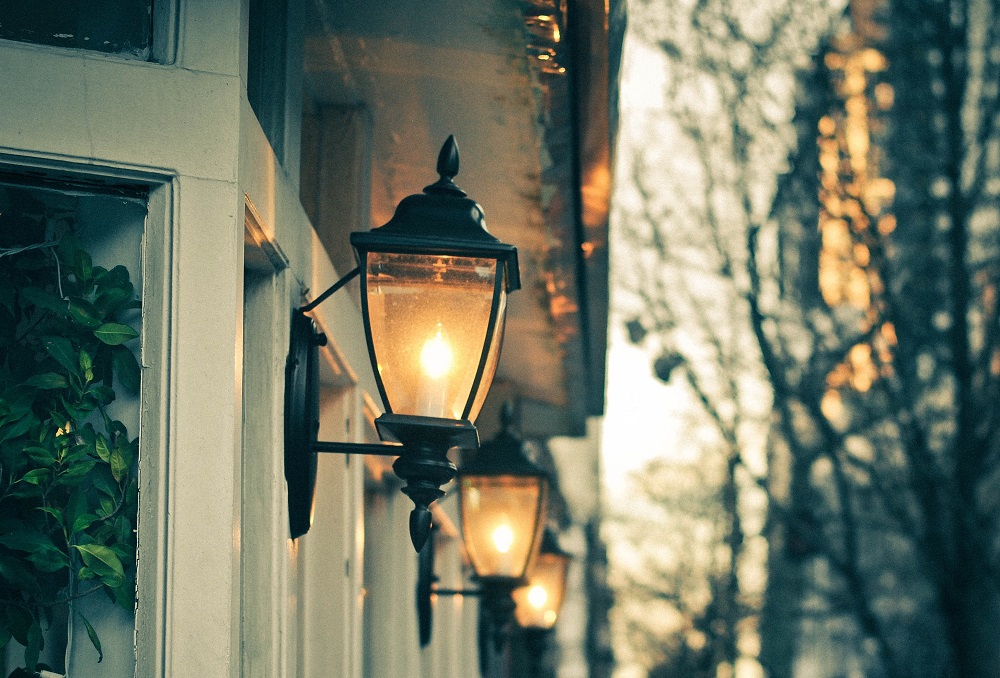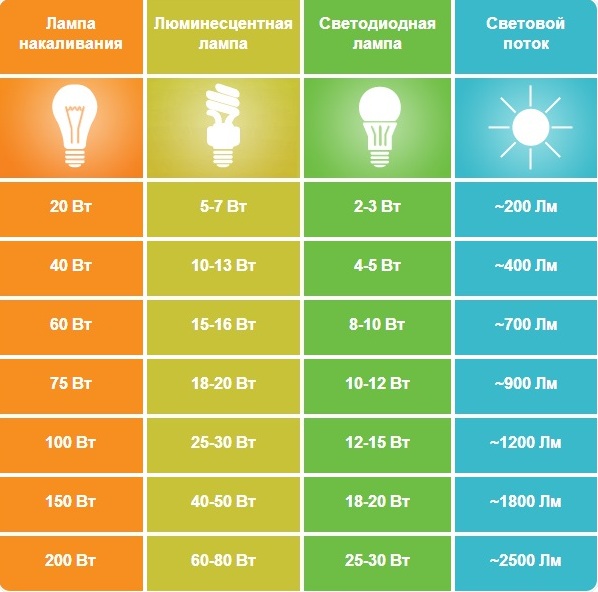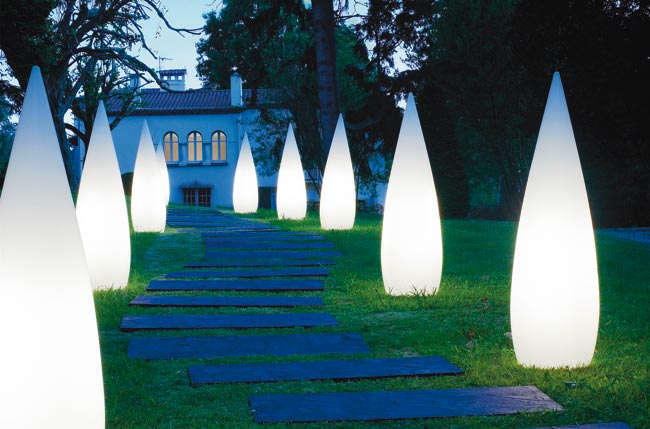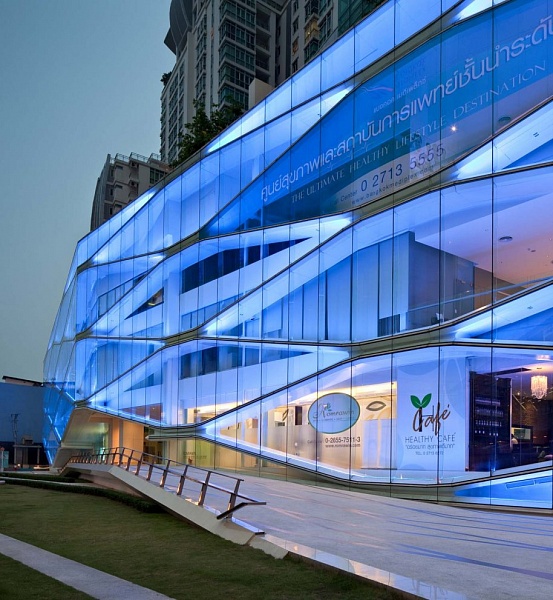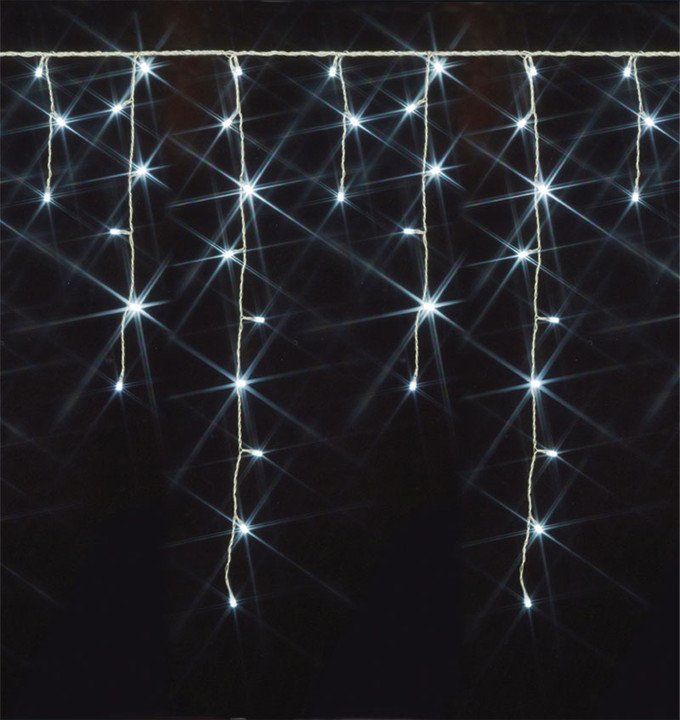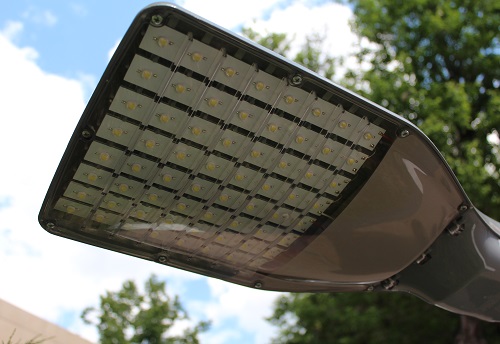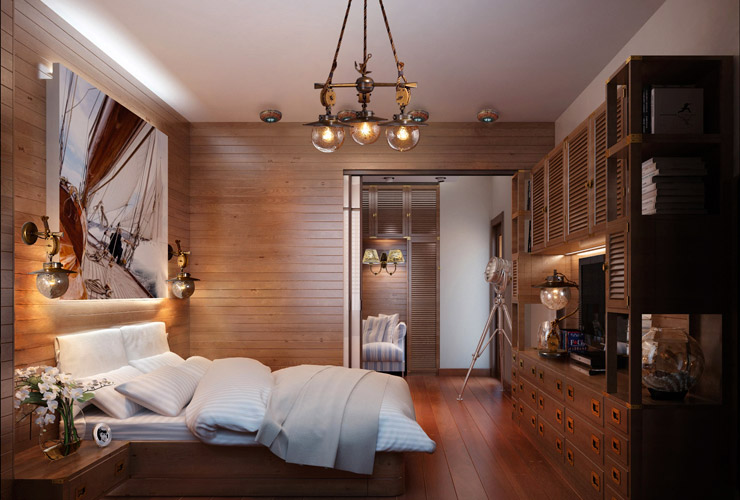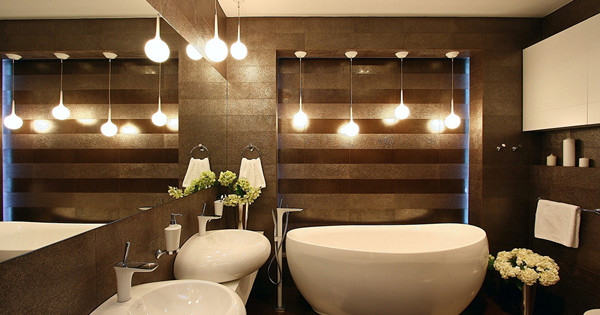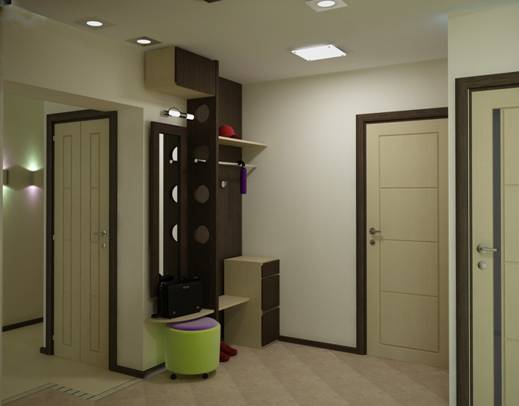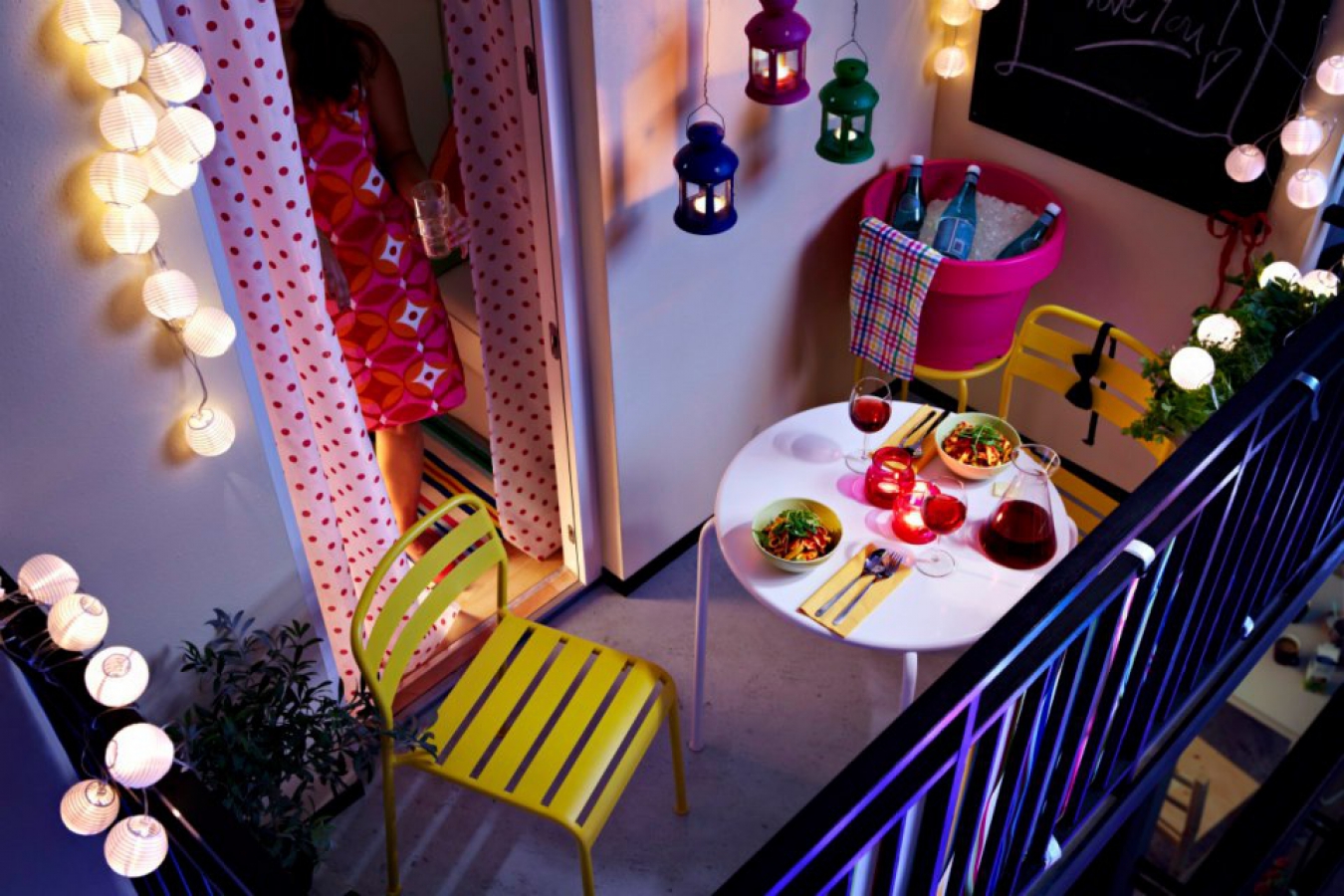5 tips for choosing a street lamp for home, cottage, cottage
We clearly recognize the value of any thing when we lose it. Try at night to walk around the site near the house without using any kind of artificial lighting, and do not stumble or fall. It will immediately become clear to you how important it is to think out a competent outdoor lighting circuit and choose a street lamp. If you approach the issue wisely, then lanterns, searchlights and lamps will become not only a functional part of the site, but also its decoration, and in the evening they will create an atmosphere of fairy tale and magic outside the house, highlighting the facade, trees, garden paths, ponds and other elements landscape design.
Types of street lights
A street lamp will be constantly exposed to negative environmental factors, so it should easily tolerate temperature extremes, extreme heat and cold, precipitation, wind with dust, icing and other influences. Based on these considerations, do not use for outdoor use interior lighting, even if you plan to place such a product under a canopy. Fortunately, the choice of street lights is extensive. To navigate the assortment and understand how outdoor lighting can be organized, we propose to divide streetlights into the following types:
- ground lights differ in the presence of a column, the height of which can vary depending on the goals pursued. Lanterns on a high pillar are used to illuminate the area in front of the house, drive into the courtyard, parking area, garden paths and other areas where it is important to get high-quality lighting at night. Lanterns on a low column (up to 1 m) fulfill a rather decorative function, but they are able to illuminate garden paths quite well. As a rule, the power of ground lamps is higher than that of other types of street lamps;

- pendant and ceiling lights equipped with a suspension, with which they are attached to the ceiling or other horizontal surface. Great for lighting porch, arbors, terraces, can be used both basic and as decorative lighting;

- Wall lights perfectly cope with the function of local lighting around front dooron the veranda in pergola;

- facade lights used mainly for decorative purposes to highlight the architectural features of the house. Mounted to the wall, can be rotary or stationary, sent from top to bottom or from bottom to top;

- floodlights allow you to selectively highlight a specific area. Spotlight can be directed to the house, using it as an architectural lighting. With it, you can highlight the entrance to the house, trees or other elements that you want to pay attention to;

- recessed lights used for decorative purposes, give local pleasant light. You can embed them in a tile, steps, walls, stones and other elements of the site. As a result, a beautiful play of light and shadows is achieved, and the house and the area in front of it in the evening become even more interesting than in the daytime;

- ground lights they are inserted into the soil, used exclusively for decorative purposes, give a rather weak light, but can cope with the illumination of garden paths. Available in a huge variety of forms, often found solar powered products;

- floating lights differ in the maximum protection against water, are used for registration of artificial reservoirs.

 A wide range of street lamps for a country house are presented in the online store "Warehouse 220". Moreover, new fixtures are added every day, promotions and sales are held. The company directly cooperates with manufacturers, therefore, it offers the lowest prices for all goods. At the expiration of the warranty from the manufacturer, the store’s warranty for 12 months begins.
A wide range of street lamps for a country house are presented in the online store "Warehouse 220". Moreover, new fixtures are added every day, promotions and sales are held. The company directly cooperates with manufacturers, therefore, it offers the lowest prices for all goods. At the expiration of the warranty from the manufacturer, the store’s warranty for 12 months begins.
It’s not at all necessary to dwell on one type of fixtures - you can and even need to combine different types of light sources in order to properly illuminate all areas of the site and create a pleasant lighting design.
Protection against dust and moisture
A street lamp should easily tolerate any precipitation and strong gusts of wind with dust particles, so be sure to pay attention to the degree of protection against dust and moisture when buying. This characteristic will be indicated by the letters IP, followed by two numbers: the first indicates protection against solid particles, the second indicates protection against moisture, where 0 is the lack of protection, and 6 (for moisture - 8) is the maximum level of stability.
For illumination of a house, suburban area, cottage or cottage, it is better to take lamps with a protection level of at least IP44, and better yet more protected, up to IP68. If the product is installed in close proximity to pond or it will be in constant contact with water, you only need to take a lamp of the IPx8 type. If lighting is arranged in the gazebo, on the veranda and other covered sections of the street, then you can take a lamp with protection according to the IP22 standard.
Production material
The basis of any lamp in most cases is metal. As practice has shown, the best option is fixtures with a housing of of stainless steel. This is a strong, reliable and wear-resistant material that perfectly resists precipitation and temperature changes, therefore it can last at least a dozen years.
Less commonly, luminaires are based on silumin, an alloy of aluminum and silicon. The material is not afraid of corrosion, it is more plastic, therefore it is easier to form fixtures of bizarre shapes from it, and it is lighter than steel. Polymers rarely used as the main material for the production of fixtures, but if we are talking about small decorative products, they can easily be made of various kinds of plastics - the main thing is that the material can withstand temperatures characteristic of your region.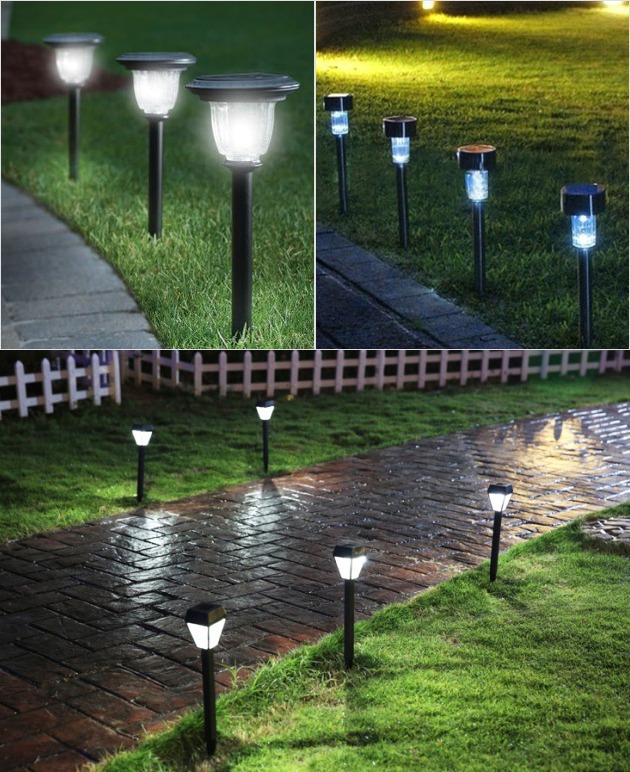
Custom made fixtures from stone - These are eternal and quite expensive products that will become not just a functional detail, but also a real decor of the site.
Another integral part of the street lamp is the glass insert, although some models do well without it. Glass can have a different degree of transparency, can be smooth or embossed, painted in some shade - the option is selected taking into account the functional purpose and compatibility with the design of the facade of the house or site.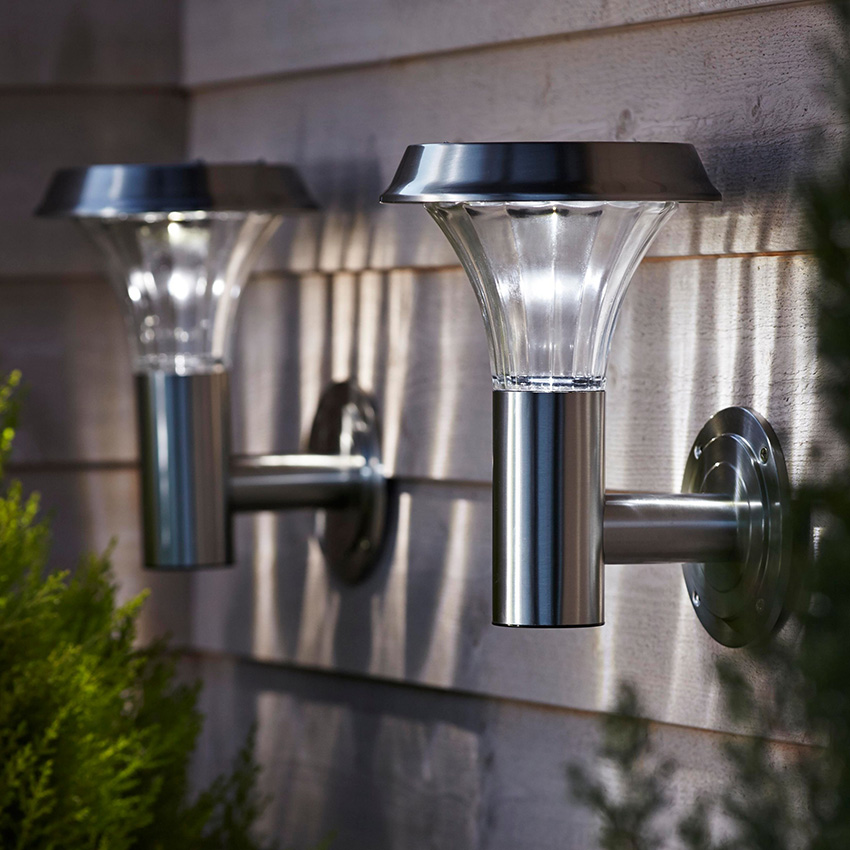
Type of lamps and power
Now we have the era of LED lighting, but despite this, other types of lamps are also actively used. In street lamps, such lamps are usually used:
- incandescent lamps - This is a relic of the past, they are actively struggling with them at the legislative level, but manufacturers and consumers bypass the prohibitions by continuing to use Ilyich’s bulbs. The main reason is the low cost, and many people like the light from them. The main disadvantage is low durability, and if the light above the porch can be changed often, then if there are several high lamps in the area, the constant replacement of lamps will become problematic;
- halogen lamps - An improved version of incandescent lamps. Due to the presence of a halogen bulb, it is possible to extend the lamp life by a factor of 2–3, while maintaining a pleasant warm light.Halogen lamps are inexpensive and can be used on site, and if you provide lighting devices with motion sensors, you can significantly extend the life of each lamp;

- fluorescent lamps many times longer than incandescent lamps, use much less electricity, can give light of any temperature, but it is not always justified to use them on the street, as there may be problems with switching on in the cold. In addition, fluorescent lamps are sensitive to voltage surges, and suburban areas often have a similar problem. The lamp life can be reduced from frequent starts, so the idea of saving money and installing motion sensors can turn into a failure. Add to this the problems with recycling, the need to wait 30-40 seconds until the lamp flashes up, flicker and a complicated wiring diagram to understand that this is not the best option for street lighting;
- LED lamp serve for a long time (20-50 thousand hours), 6–9 times longer than incandescent lamps, do not flicker, do not require special disposal, they are not affected by power surges, the number of starts, they do not need time to catch fire, they are durable, simple in installation and give a pleasant light, the temperature of which can be different. The main minus is the price, but it will not be necessary to change the lamps in high fixtures throughout the entire area soon.
Separately, we note LED lights. These are independent devices in which a board with LEDs is mounted, they are placed at a height of 4-11 m.
- other types of lamps are used less often. Mercury and metal halide lamps, for example, are suitable for lighting large areas, sodium can not withstand changes in temperature and humidity. Induction and xenon lamps can be used, but they are not used as often.
As for power, then we are all used to focus on incandescent lamps, perfectly imagining how a 40 W lamp or a 100 W lamp shines. It is better to rely not on power, but on the luminous flux. So, an incandescent lamp with a power of 40 W gives a luminous flux of 470-500 lm. A approximately the same amount of light will give an LED lamp with a power of 4-5 watts. To make it more convenient, manufacturers energy saving lamps always indicate the equivalent luminous flux from an incandescent lamp. All lighting recommendations are based on the same equivalent. It is better to highlight the summer cottage with lamps with a power of 50-120 W, for local lighting bulbs with a power of 20-45 W will fit, and for decorative lighting, the power can be no more than 20 watts.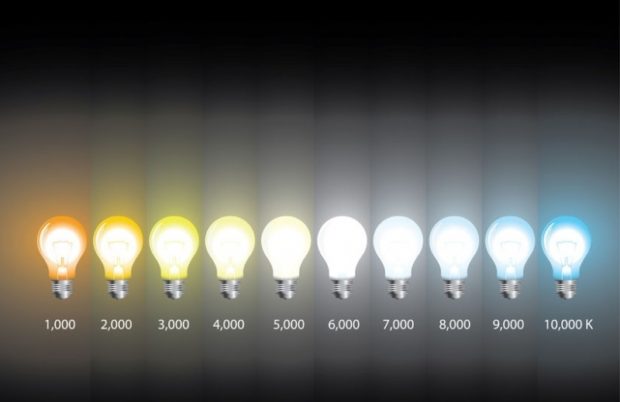
Smart lighting
Manually turning on and off street lighting manually is not an activity for the faint of heart. Yes, a single lamp above the porch can be turned on and off personally, but what if the whole lighting system with a dozen or more lamps is built on the site? It is necessary to somehow automate the process of turning on / off the lighting, and the following devices will help to do this:
- photo relay allows you to determine the onset of twilight and turn on the lighting. With the onset of dawn, the bulbs themselves go out. The relay itself is installed in an electrical panel, and the sensor is installed in any convenient place on the site;
- astronomical relay takes as a basis not information on the level of lighting, but data on the geographical coordinates of the area, which are entered manually. The microprocessor calculates the time of sunset and dawn on a specific day of the year and gives commands to turn on or off the light;
- time relay It requires turning on the lamps manually (this may be one lever for all bulbs), but they will turn off independently after a predetermined period of time;
- Motion Sensor will give a command to turn on only after movement is detected in a certain radius. Works well with photo relay. Depending on the model, the motion sensor can be configured in different ways, setting the response radius, time of day at which it will be active, etc.
Also note solar powered lightsthat do not consume electricity, but can also be equipped with light sensors to turn on independently as dusk sets in.